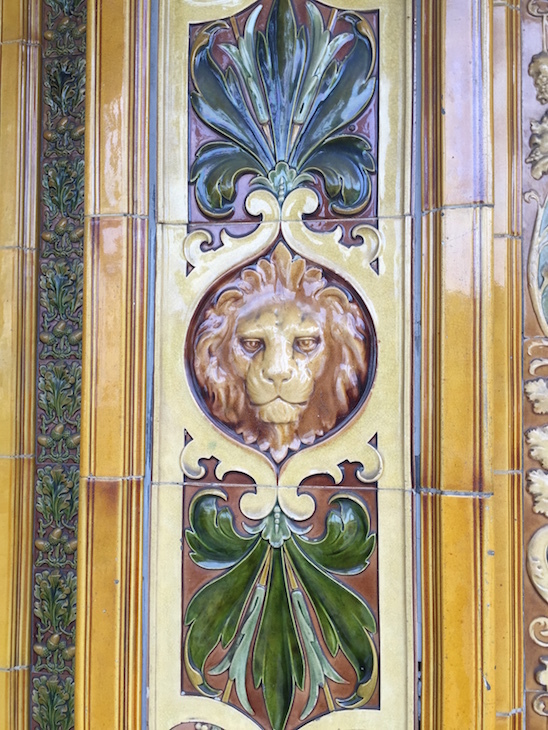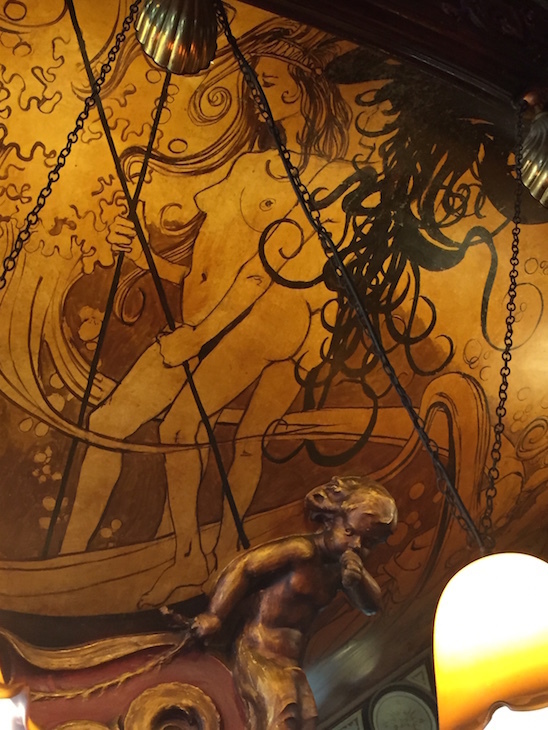In 1949, broadcaster Maurice Gorham collaborated with artist Edward Ardizzone on a light-hearted guide to London pubs called Back To The Local. How have the pubs featured fared in nearly 70 years since the book first appeared?

Of all the many commentators on London pubs, Maurice Gorham (1902-1975) is surely one of the most entertaining and eloquent. Born in London to an Irish family, he moved from journalism to broadcasting at the BBC. He left London for his parents’ home country in the 1950s, becoming broadcasting director of Radio Éireann.
In 1939, Gorham collaborated with renowned artist and illustrator Edward Ardizzone on a London pub book, The Local. All the unsold copies and plates of The Local were destroyed during the Blitz, but it was sufficiently well-received to prompt a sequel, Back To The Local, in 1949 — now republished as an e-book.
The book is light-hearted and anecdotal, written in the genial tone of saloon bar raconteur. But it’s turned out to be a valuable social document of London pub culture at a crucial turning point in its history.
The first world war had tightened the screws on pubs and the breweries that owned them. Opening hours were restricted and duty was raised, driving down beer strengths, and many pubs closed in the interwar years. By contrast, the second world war saw the pub celebrated as an integral part of British life.
Writing a few years after the war ended, Gorham noted the changes that had already happened, and sensed there were more to come. Back then, most London pubs still preserved a late Victorian character. But soon much of this would be swept away, with changing drinking habits, a fashion for modern open-plan and themed pubs, and the emergence of big brewing groups promoting national brands.
Not everything has gone for good, however. A great example is one of London’s most spectacular drinking venues, the Warrington Hotel. It was opened in 1857 at the end of a smart Italianate terraced crescent in Maida Vale, and lavishly reworked in the great age of pub rebuilding in the 1890s.

In keeping with its surroundings, the Warrington is an imposing three-storey neoclassical building in white stucco-covered brick, flanked by huge lamp standards, with decorative niches and pediments. A massive raised porch is supported by Ionic columns, enlivened with colourful and elaborate glazed ceramics, depicting lion heads and geometric designs. There's a mosaic of the pub’s name on the floor.

The interior is even more absorbing. Victorian pubs reflected wider society in being socially stratified. Even small venues were subdivided into separate rooms, each targeting a different class of customer. The big pubs of the 1890s aimed to cater for everyone, including the respectable middle classes, women and families, separately but together under the same roof.
At the upper end of the social spectrum was the ‘saloon lounge’, where customers expected luxurious surroundings, higher prices and table service. Gorham selected the Warrington as “the finest flower of lounges”. Before the war an illuminated sign claimed it was “London’s liveliest lounge”.
The Warrington’s lounge, he writes,
has a magnificent staircase, heavy, old-fashioned, imposing. The mere sight of it makes you think of Edwardian revelry, of well-nourished bookmakers and stout ladies in cartwheel hats, of feather boas and parasols and Malacca canes, of dogskin gloves and big cigars.

Today, thanks to a careful recent restoration by current owners Faucet Inn, the lounge is looking as magnificent as ever, complete with stained glass, mirrors and geometric tiling. The room is still dominated by the staircase, which now leads to a dining room. It’s perfectly framed by a beautiful three-bay arcade, an arch of which is visible in Ardizzoni’s 1949 book illustration.
Also recognisable in the sketch are the curious bulging pilasters beneath the marble bar top. Above the bar is a heavy moulded canopy carried on the shoulders of putti, its decadence intensified by the vaguely risqué art nouveau-style paintings that adorn it.

As the signature of artist Colin Beswick on the back wall attests, these paintings are a more recent addition, from 1965. There’s a local legend, almost certainly unfounded, that the pub was once a brothel, so the paintings could have been inspired by that reputation, or simply contributed to it.
The lounge was always one big space, but the other side was originally subdivided into three rooms, as you can see by looking up at the ceiling. Though nowhere near as lavish, it’s still very attractive, with glazed chequerboard screens framing the bar.
The most downmarket room was at the back, now decorated with ageing Bass and Fuller’s mirrors. You can still see from the arrangement of the doors that, typically for a pub like this, each room had its own separate entrance. Even today, customers have to go outside to move between the two sides.

The place may look the same, but the customers have changed. The pub's surroundings are now even more well-heeled than they were in Gorham’s day, but nobody expects their own room. In other respects, the Warrington is a well-run example of a posh but laid-back modern London pub, serving a few better-known real ales and upmarket pub grub. The former public bar, with its humble half-height matchwood panelling, is tastefully discreet to modern eyes.
One welcome change is the addition of five guest bedrooms, restoring one of the Warrington's original functions as a hotel – though Edwardians might well have been surprised by 21st century ideas of boutique lodging.



